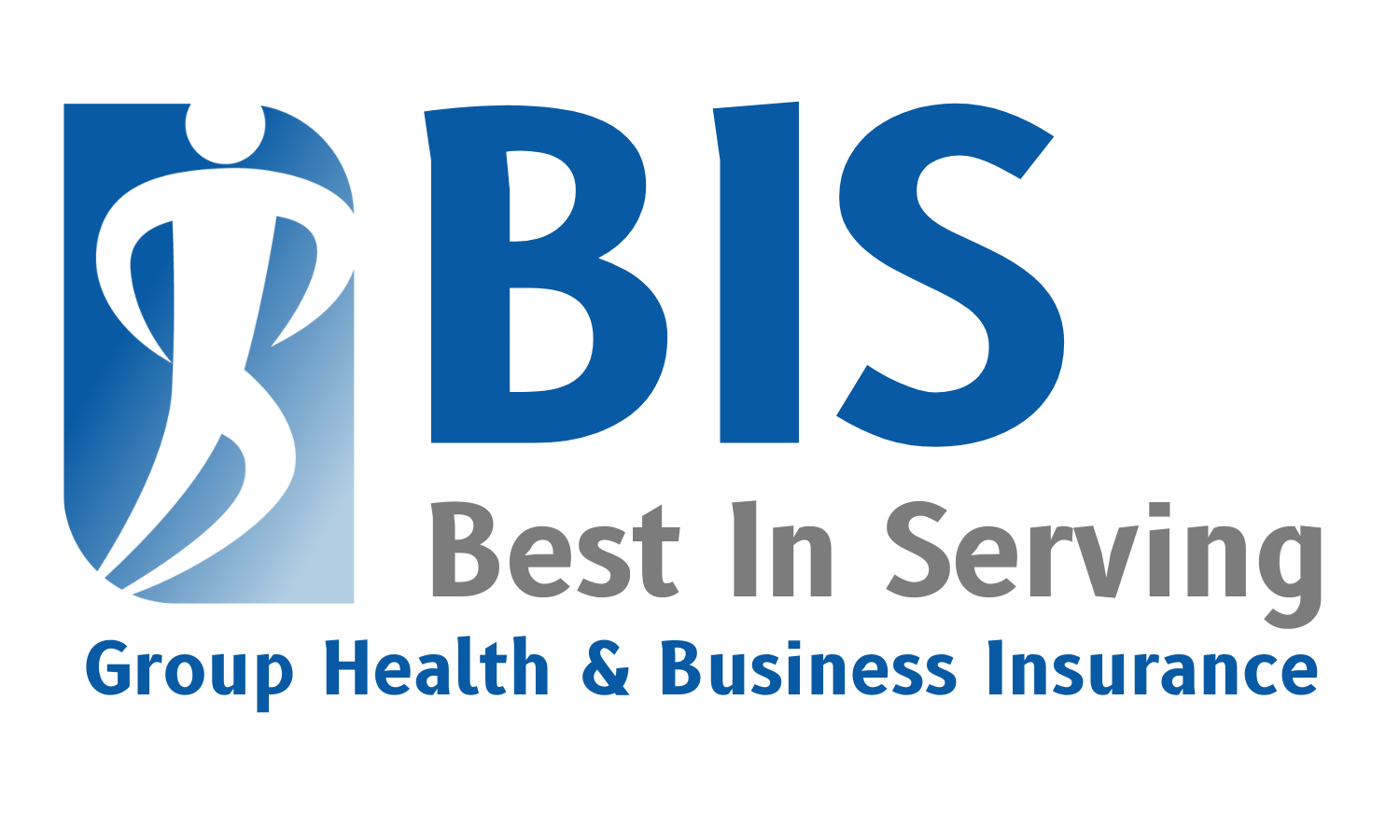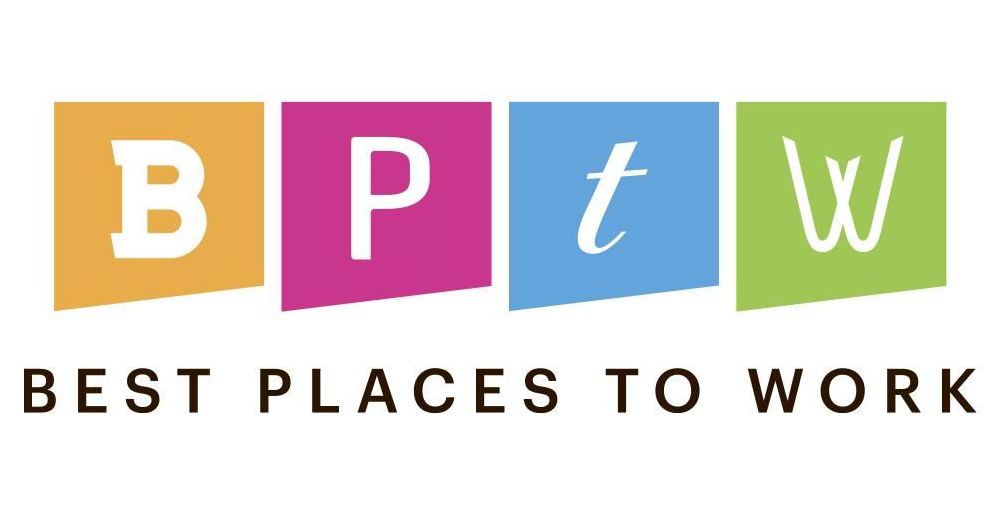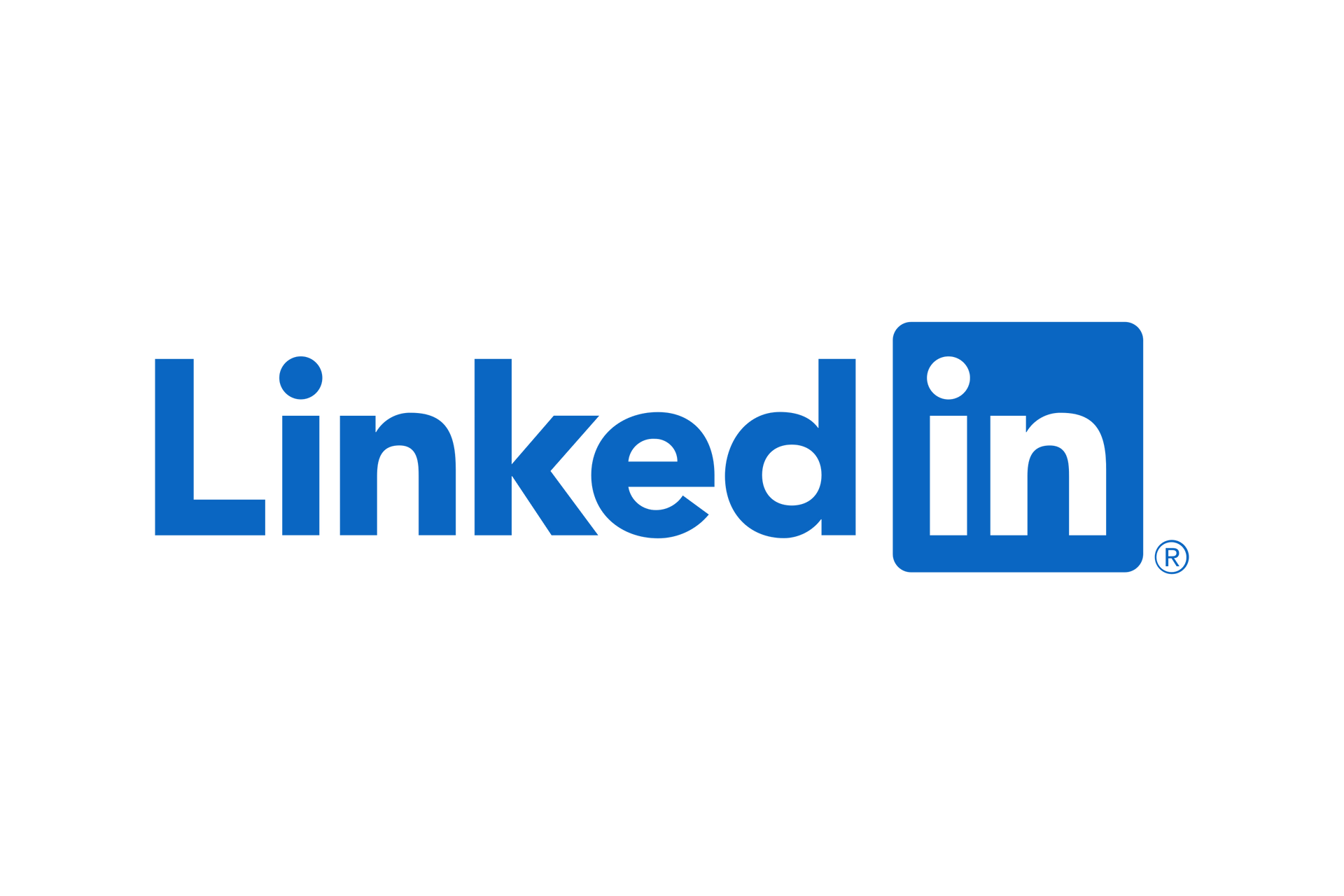Steps to Build an Employee Benefits Strategy To Retain Your Employees

How Can an Employee Benefits Strategy Benefit Your Organization?
The right employee benefits strategy can benefit your business in a wide range of different ways. Not only is it your opportunity to attract and retain top talent, but it can also dramatically improve your company culture as well. Happy employees tend to be more engaged and more productive on average, which is always a good thing.
How to Develop an Employee Benefits Strategy

Employee benefits are a crucial aspect of any organization's compensation package, and can play a significant role in attracting and retaining top talent. As such, it's important to approach the development of a benefits strategy with careful consideration and attention to detail. And while every organization is a bit different (meaning there isn't really a "one size fits all" approach to developing an employee benefits strategy), there are still some factors you'll want to carefully consider all throughout this process.
Understand Your Budget
By far, the most important step to take when building an employee benefits strategy involves planning with your precise budget in mind. According to one recent study, benefits can be nearly 30% of the total compensation for a typical employee. You need to plan for this not just in the context of each employee, but for your business as a whole, to make sure that the funds are available to meet these goals.
Assess Current Offerings & Employee Needs
To build a comprehensive benefits strategy to retain your employees, it stands to reason that you need to know as much about those employees as possible. Take the time to understand their demographics, their needs, and their preferences. Take that data and compare it to what you're currently offering. Within that context, opportunities for improvement should start to reveal themselves fairly quickly.
Give Your Employees Options
Keep in mind that as your workforce grows more diverse, it will become harder to find a single plan that meets everyone's needs equally. Therefore, it's important to give people options when it comes to the benefits they can embrace. Some organizations find success with offering a "basic" package, for example, and then by allowing their workers to add in additional options as they see fit. This can be a great way to meet basic needs while still giving people the flexibility they want to build a package that is right for them.

Monitor & Evaluate the Plan
Finally, understand that offering employee benefits is not something you "do once and forget about." As new options become available to potentially improve your program, they should be considered and capitalized on. Monitor how many employees are taking advantage of the plan on an ongoing basis. Gather feedback from employees in any way that you can - be it via focus groups, anonymous surveys, or even emails - to make sure that you understand what people want and, more importantly, what they need. Take all of this into consideration when making adjustments in the future.
If you'd like to find out more information about the steps you should take to build an employee benefits strategy to retain your employees, or if you'd just like to discuss your own specific needs with someone in a bit more detail, please contact the team at BIS Benefits today.










